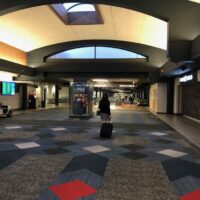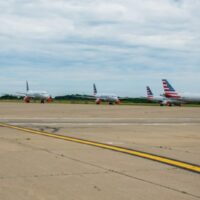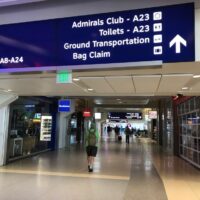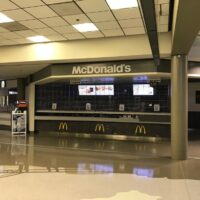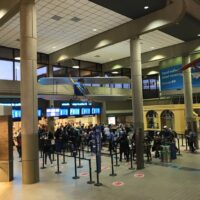Traveling Today – A Recent Experience Navigating Airports and Airlines
June, 2020: Like the vast majority of our clients, Kristene and I have been hunkered down since early March. Montana opened its doors to out-of-state visitors on June 1, and it’s one of the few states where we are sending clients to fish in this market environment. We represent over a dozen lodges in the state, and at this time of the year, you can find some big dry flies, including the salmonfly hatch. Kristene and I decided to head out to the southwestern part of Montana for a few days, and we thought that we’d share our experience with our customers.
As pandemic restrictions ease, many US air carriers are starting to ramp up their schedules domestically as more of us are willing to travel. International service will be much slower to return until several countries open to US travelers. American Airlines had over 100 jets parked in storage at Greater Pittsburgh International Airport in March due to COVID. It’s now down to less than 40. It’s good to see more planes in the air. American is increasing July flights by over 70% from June levels, but keep in mind that it’s still less than 50% of the number of flights operated in July 2019. Therefore, the number of nonstop options and some of your favorite routes in the past may not be back for some months.
We left Pittsburgh on a Sunday morning. The first thing that we noticed was the remote parking garage that we have utilized for years was almost empty. The rows are lettered. Typically, we find a spot well into the alphabet and are happy for anything “P” or closer. We were given a spot in Row C, and when I looked, I did not see any cars past “F.”
On arrival at the airport, it was immediately clear that passenger volume is way, way down. In June a year ago, TSA screened typically well over 2 million passengers daily nationally. This year, it’s been +/- 440,000 daily in June. Check-in was easy, and there was virtually no wait at security.
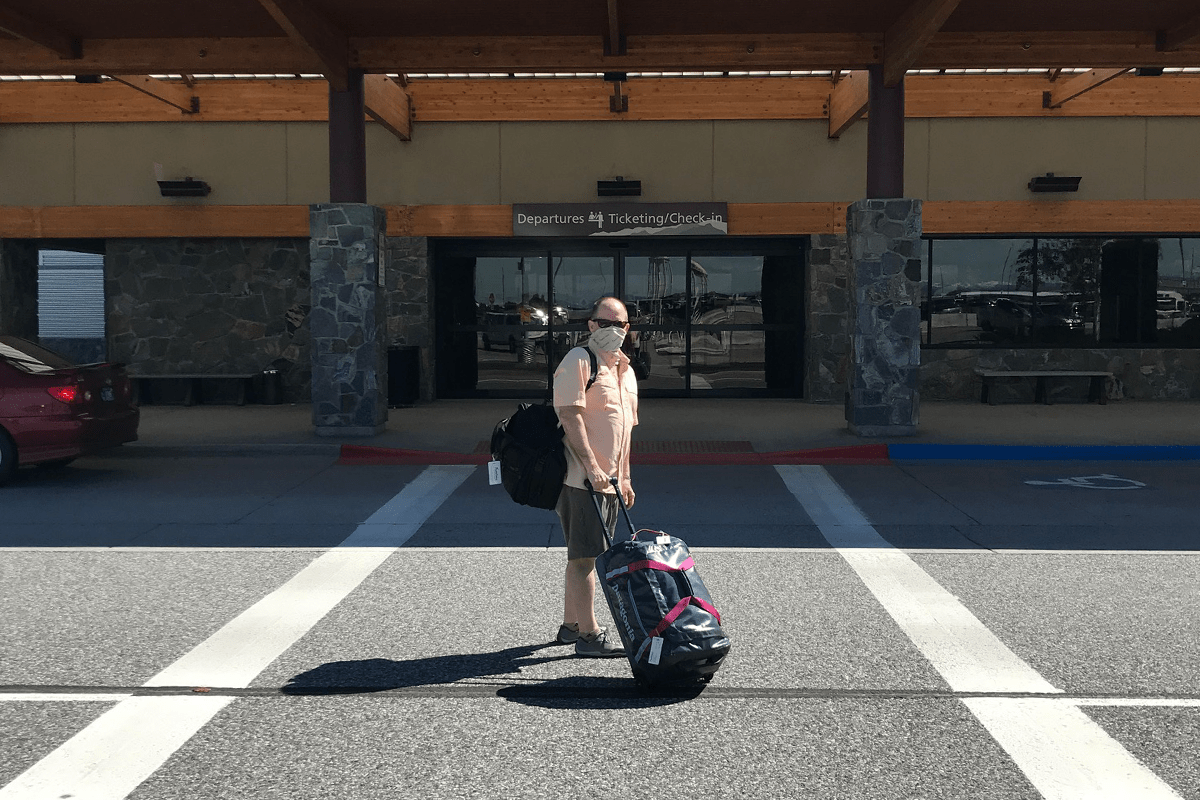
There are some changes at TSA:
Keep possession of your boarding passes. Instead of handing the boarding pass to a TSA officer at the travel document podium, travelers should now place their boarding pass (paper or electronic) on the boarding pass reader.
Separate food for X-ray screening. Passengers should place their carry-on food items into a clear plastic bag and place that bag into a bin. Food items often trigger an alarm during the screening process; separating the food from the carry-on bag lessens the likelihood that a TSA officer will need to open the carry-on bag and remove the food items for a closer inspection.
Pack smart. Passengers should take extra care to ensure that they do not have any prohibited items, such as liquids, gels or aerosols in quantities greater than 3.4 ounces, in their carry-on bags (water bottles, shampoo). In response to COVID-19, TSA is allowing one liquid hand sanitizer container, up to 12 ounces per passenger, in carry-on bags. Passengers are required to remove the hand sanitizer from the carry-on bag before being submitted for X-ray screening.
Practice social distancing. Passengers should allow for social distancing to reduce direct contact between employees and travelers whenever possible without compromising security.
Wear facial protection. TSA officers at checkpoints are now using facial protection. Travelers are encouraged to wear face protection to the checkpoint as well. Please note, however, passengers may need to adjust it during the screening process.
Travelers who have not flown since the pandemic are also likely to notice some other changes. They include:
- Reduced security lane usage due to the reduction in passenger volume.
- All TSA officers at checkpoints wearing masks and gloves.
- TSA officers optionally are wearing eye protection and clear plastic face shields at some locations.
- TSA officers will continue the practice of changing gloves after each pat-down.
- Plastic shielding installed at many travel document checking podiums, bag search, and drop off locations.
- TSA officers practicing social distancing.
- Routine cleaning and disinfecting of frequently touched surfaces in the screening checkpoint area.
Coming up the escalators into the main terminal at PIT, it was clearly noticeable that virtually all of the shops and restaurants were closed – even McDonalds. We saw one Dunkin Donuts open and one other very small coffee/bakery stand. One whole terminal was dark, with no lights illuminated. The lesson here is to make sure that you get your coffee in before you arrive into the terminal, and if you are hungry, pack some snacks!
We flew American Airlines to Bozeman via Dallas from Pittsburgh. All airline staff members were exceedingly friendly and welcomed our business. Essentially, there is no in-flight service currently. As you board the plane, there is a large plastic container with paper bags (with handles) that included a bottle of water, a cookie, and a small bag of peanuts. While it states in writing on the website that you can request drinks (including alcohol) in first class, we watched from our seats. We did not see anyone ask for something other than what was provided in the bag, and the flight attendants certainly did not offer any drinks.
Some of the messaging about COVID changes was inconsistent flight to flight. We had one crew state that passengers should not use the restroom unless it’s very urgent. Using the bathroom on other flights was fine as long as there is no line. We had one flight deplane us row by row. The other three flights deplaned normally with requests for social distancing.
Terminal A in Dallas, which is American’s big hub was a little busier than Pittsburgh, but nothing close to normal in terms of crowds. We were able to get brunch at a restaurant, but the meals were served in a plastic tray with plastic silverware. It looked like a take-out container.
The planes were noticeably clean, and on exiting, we saw a crew ready to disinfect and thoroughly clean the cabin before the next flight. All flights were on time. Entry into Bozeman was easy, but coming through the secure area towards the baggage claim, travelers can expect the Montana National Guard to continue to conduct temperature screenings. Anyone with COVID-19-related symptoms will be referred to local public health officials.
We felt safe and comfortable but carefully followed CDC and Airline guidelines, as did the rest of the passengers. A few suggestions:
- Bring snacks since options in the airport and on-board are very limited.
- Bring hand sanitizer and some Clorox or wet wipes to double-check that your seat area is extra clean.
- Turn on your air vent to keep air moving around you. Please remember that at least 50% of the air on a plane is fresh. Any that is recirculated goes through HEPA filters – similar to an operating room in hospitals.
Be careful and follow the recommended guidelines, but most importantly, enjoy your time away!
Mike & Kristene Fitzgerald




